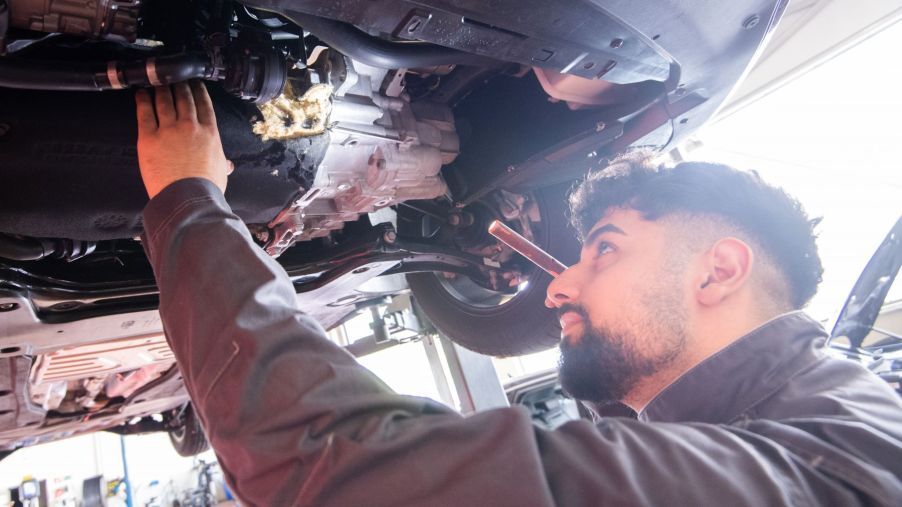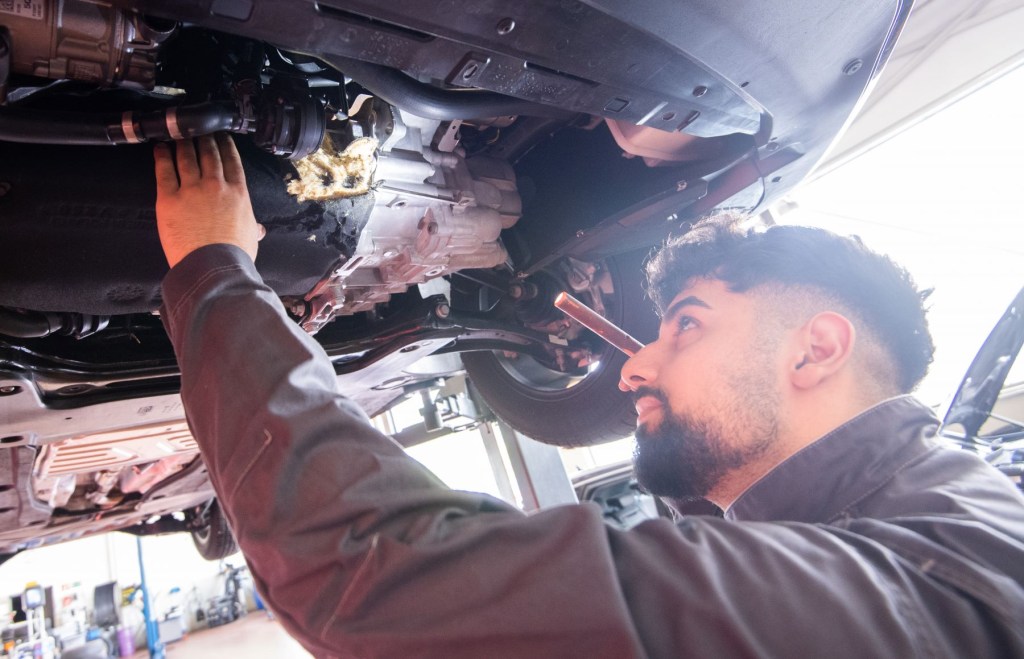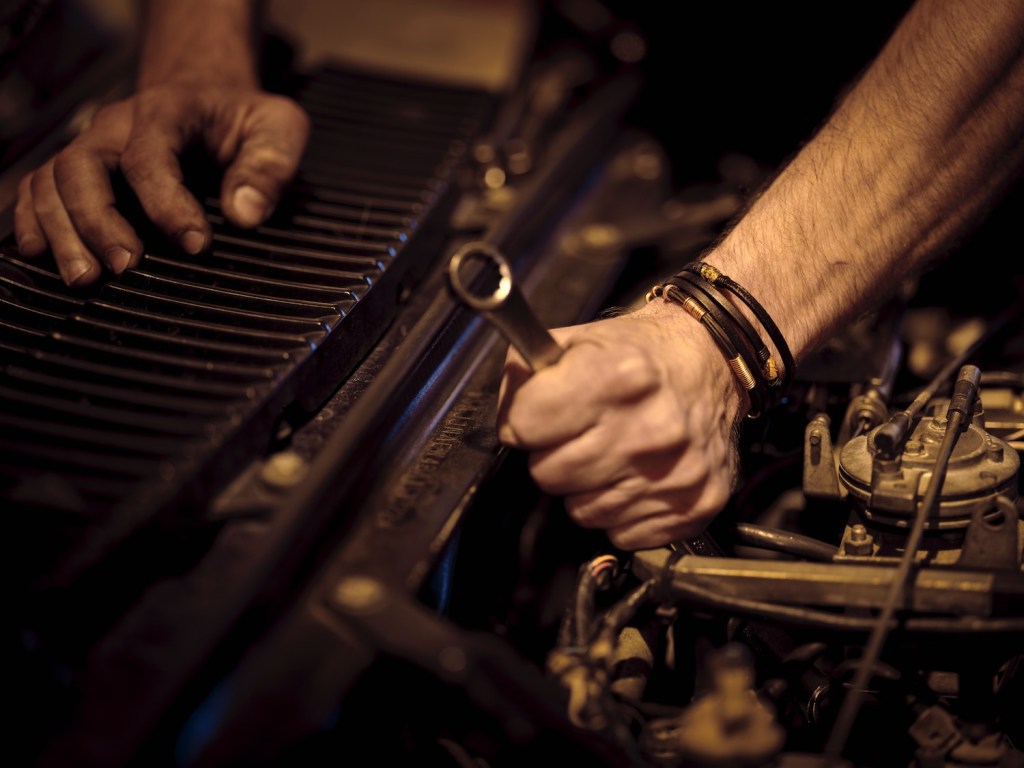
What Exactly Does a Powertrain Warranty Cover?
A warranty is something to consider when shopping for a new or used car. Whether it be an aftermarket extended warranty, a remaining factory warranty, or a certified pre-owned warranty, it’s important to understand what it does and doesn’t cover. Typically, the longest-lasting warranty on any vehicle is the powertrain warranty. Some companies offer up to 10 years of coverage on the powertrain. That seems well and good, but what exactly does it cover?
Powertrain refers to much more than just the engine

Carchex says that, in general, a powertrain warranty provides coverage for the components that power your vehicle. While the engine is the primary component doing so, there are plenty of other pieces to the drivetrain puzzle. Every manufacturer’s warranty has different exclusions. In general, though, the following items fall under a powertrain warranty:
Engine: Typically, the vehicle’s engine and its essential components are covered under warranty. For example, the powertrain warranty covers pre-mature failures of the engine block, cylinder head(s), and internal components like the rods, pistons, and crankshaft. However, things like sensors, hoses, the fuel system, the ECU, and electrical connectors are often excluded from powertrain coverage. Additionally, wear items within the engine, like spark plugs, also usually do not fall under the warranty.

Transmission: Your transmission is what takes the engine’s output rotation and applies it to your wheels. Without it, you’re not going anywhere. Typically, a powertrain warranty covers the transmission. This includes faulty casings, failing clutch packs in automatic cars, faulty torque converters, and failing gears. However, it’s’ worth noting that a manual transmission powertrain warranty typically does not include the clutch. Like engine exclusions, warranties typically exclude sensors, wiring, and hoses here, too.
Driveshafts: Whether you’ve got a rear-wheel drive, all-wheel drive, or front-wheel drive vehicle, you have drive shafts. At any rate, these shafts apply power output from the transmission either to a differential, transfer case, or directly to the wheels.
Differential and Transfer Case: Both differentials and transfer cases serve similar duties. However, you typically only find a transfer case on four-wheel drive vehicles. In either case, the differential or transfer case takes power from the transmission or driveshaft and sends it to a driveshaft or axles to power the wheels.
Other items that a Powertrain Warranty typically does not cover

As mentioned above, things like electrical components and hoses associated with powertrain parts usually do not fall under the warranty. Those aren’t the only common exclusions, either.
This coverage often does not include items like wheel bearings, hub bearings, or locking wheel hubs on four-wheel drive vehicles. Additionally, though it is essential to the engine (and in some cases, the automatic transmission), the radiator also does not fall under the coverage.
So, when shopping for a new or used vehicle, don’t be afraid to ask what does or does not fall under the coverage of a powertrain warranty. It is elemental in helping you decide what vehicle is right for you. After all, you wouldn’t want to pick up a brand new or almost new vehicle and immediately have to pay for a significant repair out of pocket! Worse yet, you wouldn’t want to deal with sorting out a lemon law return.



